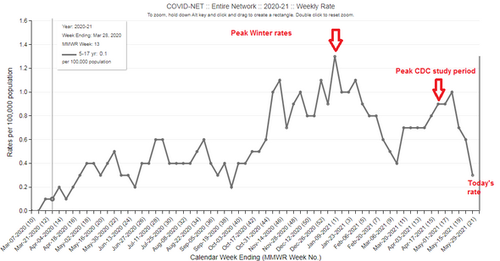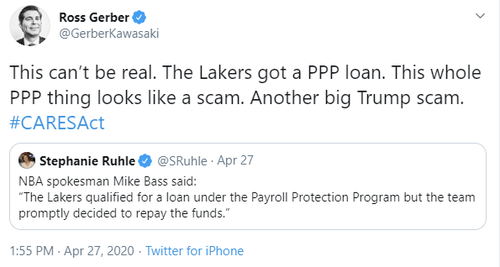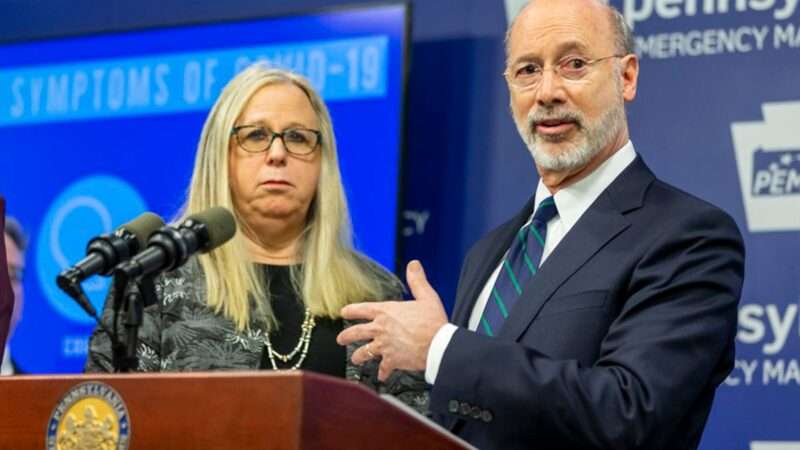
Nicole Harper, pregnant with her daughter, was driving her SUV home on a Arkansas freeway in July 2020 when Arkansas State trooper Rodney Dunn decided to stop her for allegedly driving 84 in a 70 mph zone. He turned on his lights in an attempt to make her pull over.
Following what she understood to be standard safe procedure in this situation, Harper moved into the right lane, slowed down, turned on her hazards to indicate to the officer that she understood what was going on, and was seeking a safe shoulder or exit to pull over.
No sane person could have imagined, given Harper’s behavior, that she was involved in any active attempt to escape the raw justice of a speeding ticket. Fewer than two or three minutes had passed since the cop first turned on his lights.
Corporal Dunn was having none of that. Using an insanely dangerous strategy that police in Arkansas are using more and more—144 times last year, double the number of times the year before—he slammed into her SUV causing her to hit the concrete median, flipping her SUV. The practice, called the “precision immobilization technique” (PIT), killed at least three people in 2020.
That stops a speeder! It also runs a real risk of killing a speeder. In a perfect world, the technique is supposed to just send the vehicle spinning out and thus stop the chase.
Post-assault dialog, as reported by local NBC station KARK:
“Why didn’t you stop?” Dunn questioned.
“Because I didn’t feel it was safe,” Harper said. Dunn responded, “well this is where you ended up.”
Harper went on to say, “I thought it would be safe to wait until the exit.” Dunn said, “no ma’am, you pull over when law enforcement stops you.”…
Dunn can be heard saying, “no we don’t anticipate vehicles rolling over nor do we want that to happen.” He went on to say, “all you had to do was slow down and stop.”
Harper responded, “I did slow down, I turned on my hazards, I thought I was doing the right thing.”
She was very literally doing the textbook right thing, according to Arkansas driver’s license test guides.
Harper is now, understandably, suing Dunn, his supervisor Sgt. Alan Johnson, and Arkansas State Police Director Col. Bill Bryant, claiming Dunn’s potentially murderous maneuver was an excessive and negligent use of force given the circumstances. A wider shoulder and an exit were less than a mile away when Dunn attacked her.
The suit, as KARK reports, asserts that “Arkansas State Police ‘failed to train’ Dunn on ‘proper and safe PIT maneuver technique,’ failed to ‘investigate allegations of excessive force,’ and ‘failed to discipline officers for violations of policy related to excessive force.'”
A statement from Arkansas State Police Director Col. Bill Bryant provided to local press merely repeated a bunch of nonsense not relevant to this situation about “fleeing drivers pull[ing] away at a high rate of speed, wildly driving, dangerously passing other vehicles, showing no regard for the safety of other motorists, creating an imminent threat to the public,” and how “all incumbent troopers receive recurring annual training in emergency vehicle operations which includes PIT instruction,” and that most times an Arkansas trooper wants someone to pull over, they don’t resort to slamming into the vehicle at high speed.
A separate report from KARK detailed a November 2019 PIT stop in which a suspect who had his high beams on inappropriately and did not stop fast enough for the officer but rather drove away at very high speeds was slammed into, sending the car into a tree and killing 22-year-old Brian Brooks.
As KARK reported:
The risk and liability around the PIT maneuver prompted several law enforcement agencies to put strict limits on the move or ban it outright. In North Carolina, a fatal PIT involving Highway Patrol prompted the department to cap speeds at 55 mph, unless the fleeing driver has committed a violent crime or there are other circumstances that warrant the use of deadly force. PIT maneuvers are used by state police in several states including Texas, Georgia, and Oklahoma.
A comment from a state Senator given to KARK alas shows a common politician attitude toward second-guessing police actions, no matter how reckless, dangerous, or absurd: “‘End of the day when somebody is fleeing I will never question the method police officer uses to stop them,’ said Sen. Bart Hester (R-Cave Springs). ‘I don’t care if it’s 60 miles an hour, I don’t care if its 100 miles an hour, I want them stopped as soon as possible.'”
Hopefully, this lawsuit will find the judicial system approaching the matter with less thoughtless obeisance to reckless police decisions.
from Latest – Reason.com https://ift.tt/2RJvOyc
via IFTTT












